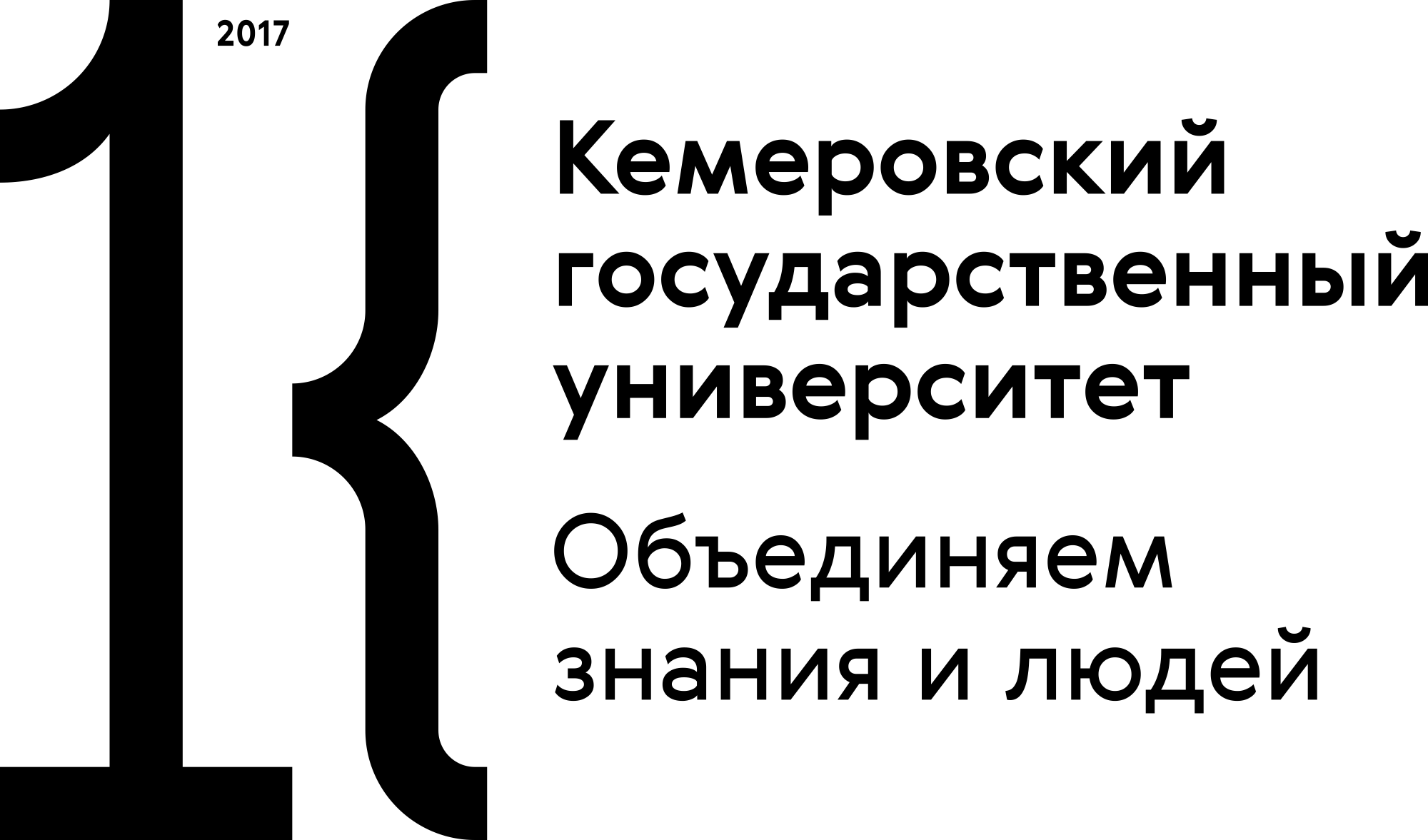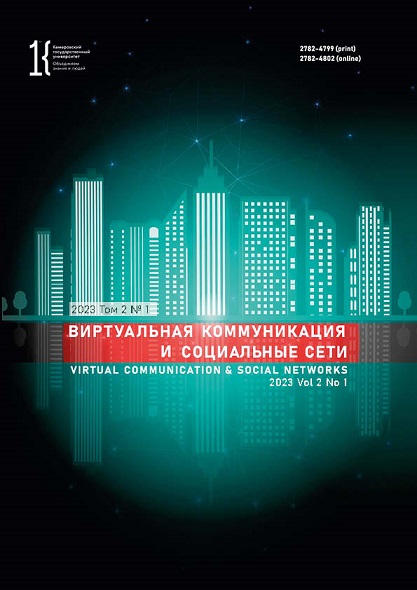Saint Petersburg, Russian Federation
St. Petersburg, Russian Federation
The article features the physical self-esteem in teenagers who use different types of avatars in social networks. The empirical data were collected by using questionnaire methods, which involved the modified Dembo-Rubinstein scale, A. G. Cherkashina’s methodology for studying self-attitude to the image of one’s physical self, and a questionnaire of social net experience. The study involved 78 teenagers aged 15–18, including 35 girls and 43 boys. The obtained data were subjected to the Mann-Whitney test and a multivariate MANOVA analysis. The physical self-esteem appeared to correlate with the type of avatar. Teenagers who used their personal photo rated their external characteristics higher and found external attractiveness very important. The girls who used their own photo as an avatar image demonstrated a smaller discrepancy between the current self-assessment of external attractiveness and ideas about their ideal image. The girls who chose non-human images as their avatars had significant discrepancies between the Real Me and the Ideal Me. For the boys who used non-human avatars, the significance of anatomical characteristics was lower, while the discrepancy between the Real Me and the Ideal Me was less obvious than in the same group of girls. The research indicated the diagnostic possibilities of using teenagers’ avatars to study their physical self-esteem.
physical self-esteem, social networks, avatar, I-concept, teenagers, boys, girls
1. Arendachuk I. V. Self-esteem and self-concept as factors of interpersonal relations among teenagers. News of Saratov University. A new series. Series: Acmeology of education. Psychology of development, 2017, 6(4): 356-360. (In Russ.) https://doi.org/10.18500/2304-9790-2017-6-4-356-360
2. Babaeva Yu. D., Voiskunsky A. E., Smyslova O. V. Internet: impact on personality. Moscow: Terra, 2017. 168 p. (In Russ.)
3. Belinskaya E. P. Information socialization of adolescents: the experience of using social networks and psychological well-being. Psychological research, 2013, 6(30). (In Russ.) https://doi.org/10.54359/ps.v6i30.679
4. Voiskunskiy A. E. Social perception while social networking. Bulletin of the Moscow University. Episode 14: Psychology, 2014, (2): 90-104. (In Russ.)
5. Ershov V. E. The history of the emergence of social networks. Logistics in the portfolio of resources of import-substituting industrialization: Anti-crisis growth and development strategies under sanctions restrictions: Proc. Intern. Sci.-Prac. XI South Russian Logistics Forum, Rostov-on-Don, October 23-24, 2015. Rostov-on-Don: Rostov State University of Economics «RINH», 2015, 284-288. (In Russ.)
6. Kon I. S. Psychology of early youth: a book for a teacher. Moscow: Enlightenment, 1989, 255. (In Russ.)
7. Priporova E. A., Agadullina E. R. Social motives for using social networks: anslysis of user groups. Social psychology and society, 2019, 10(4): 96-111. (In Russ.) https://doi.org/10.17759/sps.2019100407
8. Soldatova E. L., Pogorelov D. N. The phenomenon of virtual identity: the current state of the problem. Education and science, 2018, 20(5): 105-124. (In Russ.) https://doi.org/10.17853/1994-5639-2018-5-105-124
9. Cherkashina A. G., Cherkashin V. I. The image of the physical Self in the self-attitude of girls aged 17-18. The psychology of physicality: theoretical and practical research: Proc. Intern. correspondence Sci.-Prac. Conf., Penza, 25 Mar 2008. Penza: PSPU, 2008, 127-134. (In Russ.)
10. Lup K., Trub L., Rosenthal L. Instagram #Instasad?: Exploring Associations Among Instagram Use, Depressive Symptoms, Negative Social Comparison, and Strangers Followed. Cyberpsychology, Behavior, and Social Networking, 2015, 18(5): 247-252. https://doi.org/10.1089/cyber.2014.0560
11. Pedalino F., Camerini A. Instagram Use and Body Dissatisfaction: The Mediating Role of Upward Social Comparison with Peers and Influencers among Young Females. International Journal of Environmental Research and Public Health, 2022, 19(3). https://doi.org/10.3390/ijerph19031543
















